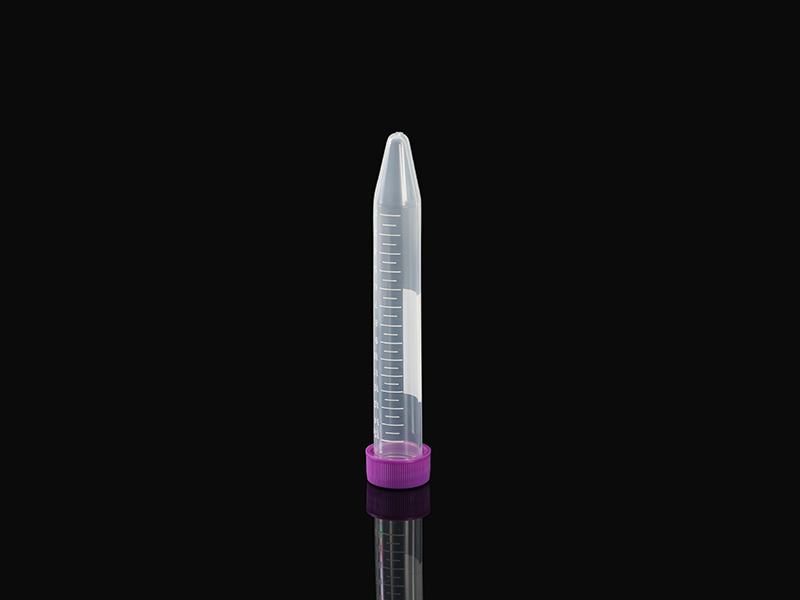A centrifuge tube is an essential consumable for any laboratory. While most types are used to separate solid and liquid samples, some of them have a variety of applications. Some of these tubes can be customized to meet specific needs. For example, one type of tubing has a 2-mm thick wall and is used for applications that require high RCF. These tubes are also calibrated and certified in-house. For a variety of scientific applications, a high-quality tube is essential. Mingji is professional centrifuge tube manufacturing company.
Centrifuge tubes are used to separate solids from liquids. These centrifuges have a large, frosted part that's easy to see. The graduation is silk-screened and the top portion is white, making it easy to distinguish from other materials. Abdos offers a range of centrifuge tubes in amber, white, and black, with different shapes and sizes. They're also available with a removable, dishwasher-safe lid.
Centrifuge tubes are available in various colours, but the two most common colours are yellow and grey. Yellow tubes contain silica particles, while grey-topped tubes are used for a limited number of tests. For example, a yellow-topped tube is often used for liver function testing, while a gray-topped tube is used to measure glucose levels or lactate levels. You can find more information about centrifuge tube colours by reading this article.
Centrifuge tubes are important to research because they can obscure the analytes in a sample and cause serious pressure surges and blockages. While laboratory instrumentation is expensive, a high-quality centrifuge tube can protect your expensive instruments while performing analysis. They are also quick and easy to use, so you can get back to your research quickly. So, don't delay buying a high-quality tube for your lab!
Mingji centrifuge tubes come in various shapes and sizes. Round ones are designed for general-purpose applications, while conical tubes are used for specific purposes. Apart from the shape, a centrifuge tube can have a flat or self-standing base. The tube's graduation can be written on, or a large white frosted portion can be used to identify the size of the sample. These features can be helpful for identifying the concentration and quality of the sample.
There are two types of centrifuge tubes. The first type is used for spinning very small samples. The second type is used for spinning larger samples. Both have their own advantages and disadvantages. For example, a larger sample is spun in a small bottle that contains a glass cylinder. In the case of smaller samples, a glass tube is the best option. These are also the most cost-effective, because they are easy to clean and maintain.
Centrifuge tubes can be used for various purposes. For example, microcentrifuges are usually used for spinning samples that are not more than 0.5ml in size. They have integral hinged caps to close off the sample. In larger applications, a centrifuge bottle is used to spin samples that are up to several litres in volume. The most common size of a centrifuge tube is 250 millilitres.


The third type of centrifuge tube is the grey topped version. These tubes contain sodium fluoride and potassium oxalate. These types of tubes are used to separate different substances. A grey topped tube can be used for more complex procedures such as lactate or glucose. However, the best quality tube is the one that meets your requirements. It is also designed to be reusable. You can purchase an extra-large and smaller size of a laboratory centrifuge to suit your specific requirements.
Unlike other types of centrifuge tubes, a gray tube is more versatile and more suitable for different applications. It can be used for various tests like lipid profiling or liver function tests. Similarly, a yellow tube is more suitable for more sensitive applications. These tubes are manufactured by LK. They follow API and ASTM standards and are available in different colours. In addition, custom markings can be applied if needed.
The most common type of centrifuge tube is the polypropylene tube. It is available in a variety of colors. The plastic tubes are the most common and are the cheapest, while the glass tubes are more expensive and more fragile. If you plan to use the centrifuge to test different substances, it is vital that you choose one made of a material that can resist chemicals. The polypropylene tube is a popular choice as it can withstand most types of organic solvents.

 简体中文
简体中文











